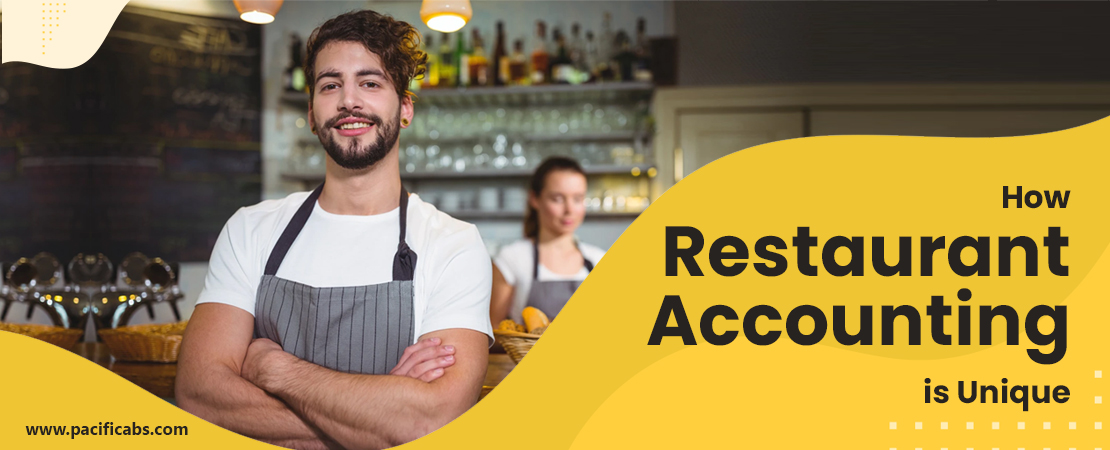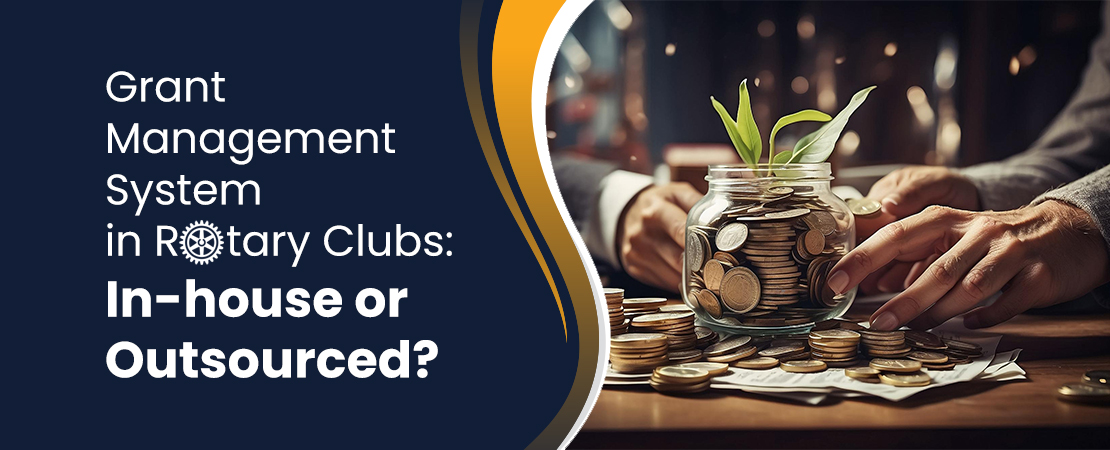Many people think that accounting is just accounting, but it can differ a bit from industry to industry. Restaurant accounting uses many of the same methods that are used in other types of businesses, but there are some nuances. Let’s take a look.
Accounting Methods
In the restaurant industry, you can use either the cash or accrual accounting method, just like in any other business, but there are some differences in how you apply these methods. As a rule, restaurants that have less than $1 million in revenue can choose either accrual or cash accounting, but those with more revenue than that should use the accrual accounting method.
Cash
The cash accounting method is relatively common in the restaurant industry. People pay for their food and services as they get them in a restaurant. You don’t have to wait for later to get paid like in the construction industry, so cash accounting only makes sense. It is the easiest method, but not always the most accurate.
Accrual
With the accrual method, transactions are recorded when they happen, whether you have received payment or not. The accrual method gives you a different way to analyze activity in your restaurant and gives you more details about how your income is generated, how your expenses are incurred, and how they relate to each other.
Tips
In the restaurant business, you have to take tips into account along with all the standard employee tax considerations. Tips are employee income, but not restaurant income, and they don’t count towards withholding. But this doesn’t mean you can leave them out of your accounting process. Employees still must report tips to you, and they are required to pay taxes on them. They just don’t count as revenue.
Accounting Periods
The day of the week can affect the restaurant business dramatically. For example, a restaurant will usually make a lot more sales on Friday than it does on Monday. This makes it useful to use a four-week accounting period rather than one based on the month. This type of accounting puts four complete weeks in the period, starting on Monday and ending on Sunday, for a more accurate comparison between periods.
Types of Expenses
A restaurant has both fixed and variable expenses, just like other businesses, but the variable expenses like hourly wages and food costs frequently change, so they can be hard to budget. Because of this and because profit can fluctuate as well, it is important to use percentages instead of dollar amounts for your numbers. Here are a few common restaurant expenses:
- Inventory management: Restaurants must do inventory counts frequently because they deal in perishable products.
- Cost of goods sold (COGS): COGS is what a business pays to get the materials they need to sell their products. For a restaurant, this is ingredients, and keeping COGS low is a great way to increase profit.
- Prime cost: This number is the cost of ingredients, along with the cost of labor. Using this number, restaurants can tell how much of their supply costs can be assigned to particular activities like catering.
Critical Numbers in Restaurant Accounting
In the restaurant business, you also have unique numbers to track, including the revenue per seat and the ratio of food and beverage expenses to sales.
Tracking your food and beverage expenses to sales ratio will give you details on how much profit you are making from specific items on your menu. Just divide the cost of all the ingredients that go into a dish by what it costs on the menu. The cost of ingredients should be less than 30% of the cost of the menu item. When you find menu items with a lower ratio, you can promote them to boost your profits.
You can calculate revenue per seat by dividing the revenue for the day by the seat count. This can help you determine when you need to downsize, renovate, or change your hours.
At PABS, we know restaurant accounting and have been helping restaurants focus on their business while we take care of their end-to-end accounting needs. Give us a call today to learn more.







